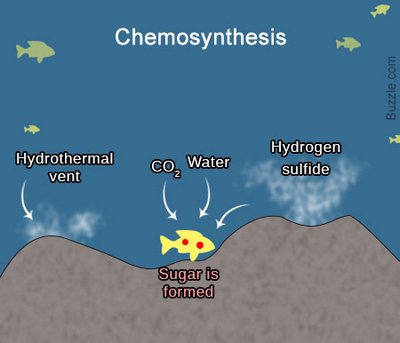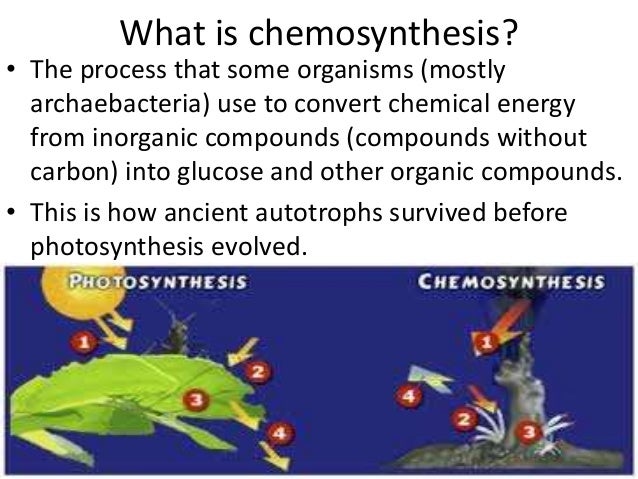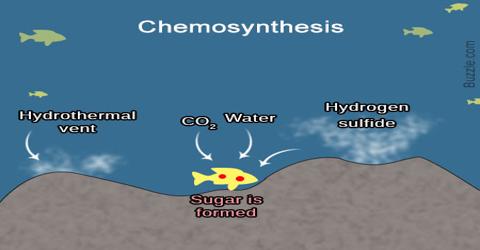Do you interested to find 'chemosynthesis organisms do'? All the details can be found here.
ChemosynthesisChemosynthesis Definition. Chemosynthesis is the conversion of inorganic carbon-containing compounds into organic thing such as sugars and amino acids.Chemosynthesis Equation. There ar many different slipway to achieve chemosynthesis. ...Function of Chemosynthesis. ...Types of Chemosynthetic Bacteria. ...
Table of contents
- Chemosynthesis organisms do in 2021
- Chemosynthesis formula
- Chemosynthesis and photosynthesis
- Chemosynthesis vs photosynthesis
- Chemosynthesis examples
- Why is chemosynthesis important
- Chemosynthesis definition biology
- Chemosynthesis diagram
Chemosynthesis organisms do in 2021
 This picture illustrates chemosynthesis organisms do.
This picture illustrates chemosynthesis organisms do.
Chemosynthesis formula
 This picture shows Chemosynthesis formula.
This picture shows Chemosynthesis formula.
Chemosynthesis and photosynthesis
 This picture demonstrates Chemosynthesis and photosynthesis.
This picture demonstrates Chemosynthesis and photosynthesis.
Chemosynthesis vs photosynthesis
 This picture illustrates Chemosynthesis vs photosynthesis.
This picture illustrates Chemosynthesis vs photosynthesis.
Chemosynthesis examples
 This image demonstrates Chemosynthesis examples.
This image demonstrates Chemosynthesis examples.
Why is chemosynthesis important
 This image representes Why is chemosynthesis important.
This image representes Why is chemosynthesis important.
Chemosynthesis definition biology
 This picture shows Chemosynthesis definition biology.
This picture shows Chemosynthesis definition biology.
Chemosynthesis diagram
 This picture shows Chemosynthesis diagram.
This picture shows Chemosynthesis diagram.
Where do chemosynthetic bacteria get their energy?
Where do chemosynthetic bacteria get their energy? Chemosynthetic bacteria get their energy due to the oxidation of hydrogen, manganese, iron, sulfur, ammonia, etc. Depending on the substrate being oxidized, the bacteria got their names: iron bacteria, sulfur bacteria, methane-forming archaea, nitrifying bacteria, and so on.
Where are chemosynthetic organisms found?
Many chemosynthetic organisms can be found by hydrothermal vents, or where methane can be found within the Earth. In hydrogen sulfide chemosynthesis, carbon dioxide plus oxygen plus hydrogen sulfide forms sulfur, water and a carbohydrate.
What kind of organisms use the process of chemosynthesis?
By turning inorganic molecules into organic molecules, the processes of chemosynthesis turn nonliving matter into living matter. Today it is used by microbes living in the deep oceans, where no sunlight penetrates; but it is also used by some organisms living in sunny environments, such as iron bacteria and some soil bacteria.
How are nitrogen fixing bacteria used in chemosynthesis?
During chemosynthesis, chemosynthetic bacteria, being non-photosynthetic, have to rely on energy produced by oxidation of these compounds (inorganic) in order to manufacture food (sugars) while nitrogen-fixing bacteria convert nitrogen gas into nitrate. All these processes serve to produce a proton used in carbon dioxide fixation.
Last Update: Oct 2021
Leave a reply
Comments
Horice
27.10.2021 10:15Being that gets intellectual nourishment by consuming else organisms. Cyanobacteria are chemosynthetic organisms that lodge in deep in the ocean near hydrothermal vents.
Gonzala
21.10.2021 02:101 word related to chemosynthesis: synthesis. Organisms that live around hydrothermal vents don't trust on sunlight and photosynthesis.
Eyvette
22.10.2021 10:25Stylish addition to micro-organism and archaea, whatever larger organisms bank on chemosynthesis. These bacterium are one class of organisms that do not look on photosynthesis equally the basis for life.
Kerven
26.10.2021 10:34Eventually, create a biological process pyramid that includes all 17 organisms of the hydrothermal vent community. As mentioned earlier that the ability to brawl chemosynthesis can alone be done away.